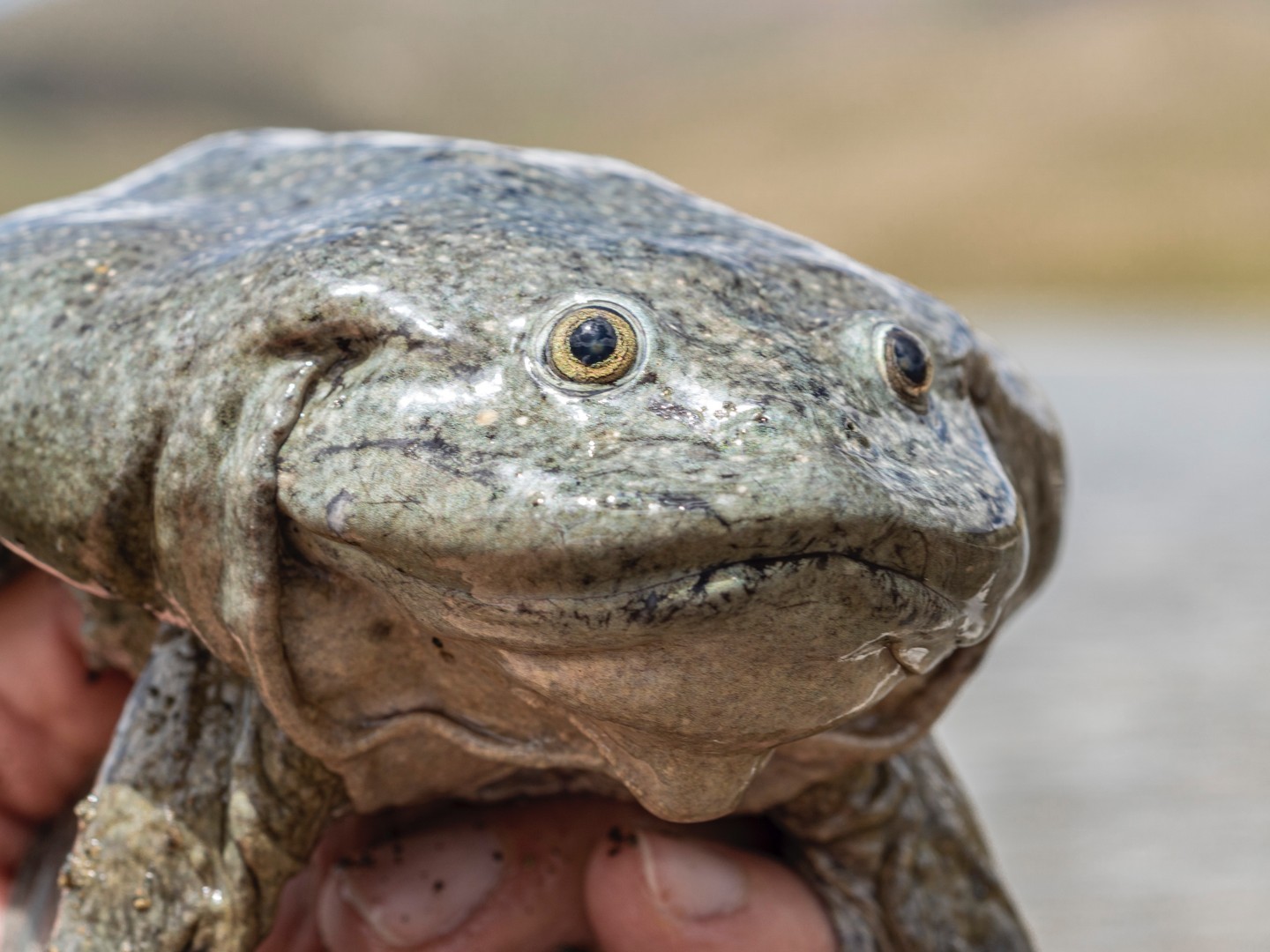The Leap Towards Conservation: Saving Lake Titicaca and Lake Junín Frogs
Let’s journey to the highlands of Peru, where waterways weave through emerald landscapes, bringing life to these magnificent terrains. Imagine yourself at two significant locations: Lake Titicaca and Lake Junín. They are not just bodies of water but sanctuaries to some fascinating denizens: the Lake Titicaca and Lake Junín frogs.
Squishy, intriguing, and uniquely charismatic, these amphibians can be seen taking what seems like a long leisurely dive but is, in fact, a critical part of their survival. These critters breathe through their skin while underwater!
However, these amphibious acrobats are dancing on the edge of existence, threatened by pollution, habitat loss, and illegal pet trade. Here’s where the emotional story of their conservation kicks in.
The battle begins in Lake Titicaca, home to the world’s most giant entirely aquatic frog. Their distinctive loose skin, creating a “scrunched-up” look, makes them easy targets for illegal traders. In this fight, local communities have become powerful allies, providing critical intel to enforcement agencies and disrupting trading networks. It’s a real-life thriller, with a chorus of froggy croaks as the soundtrack!
Meanwhile, scientists play a remarkable role in the labs, carefully rearing the Titicaca water frogs from eggs to robust adults. These science-backed nurseries have seen hundreds of frogs bred safely, away from predators and pollution, waiting for their return home ticket.
Now, shift your gaze to Lake Junín, where the Junín frog, another water-loving character, is the star of a compelling conservation story. These frogs live in harmony with their human neighbors, including indigenous communities who revere them as part of their cultural heritage.
Visitors worldwide appreciate these humble amphibians, contributing to local economies and inspiring a shared responsibility for the creatures’ survival. Conservation programs have galvanized these locals into action. They’ve become the guardians of the lake, spreading awareness, leading clean-ups, and monitoring frog populations. Moreover, eco-tourism has emerged as a tool for both human development and frog preservation.
But the tale doesn’t end there! Researchers have been tirelessly studying these frogs’ behavior, diet, and reproduction. They are decoding the clues to increase the Junín frog population, creating a safer and more sustainable habitat.
While the challenges are daunting, the tales of the Lake Titicaca and Lake Junín frogs are ones of hope and resilience. It’s a testament to the power of collective action, reminding us that each of us can play a part, even if it’s as tiny as a frog’s leap.
So next time you hear the distant croak of a frog, remember the brave custodians of these aquatic beings and the vibrant efforts to save the peculiar yet precious frogs of Peru’s highland lakes. And perhaps, you’ll find yourself leaping toward conservation actions in your neck of the woods. Remember, every ripple counts in this great pond of life!

